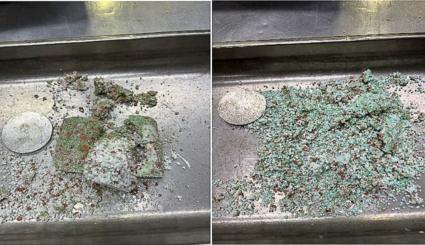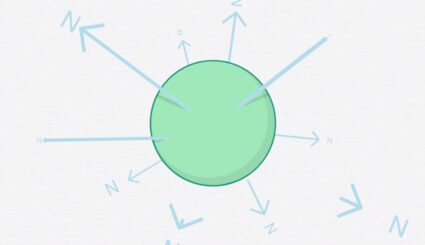Managing nitrogen in extreme weather conditions

Many Midwest farmers have noticed that rainfall in recent years seems to come in more intense storms. United States weather data reported by the National Oceanic and Atmospheric Administration confirms the portion of rainfall coming in single-day events has increased steadily since the 1980s.
Extreme rainfall events present special challenges to farmers, including greater potential for nitrogen loss. When rainfall occurs in large storms, there is a greater chance for excess water to pass beyond the crop root zone, taking nitrate-nitrogen with it in a process called leaching. Larger rainfall events also mean greater potential for the soil to become saturated during these events, leading to potential nitrogen loss by denitrification.
A University of Minnesota study found nitrate-nitrogen can move about six inches for every inch of rainfall when the soil is near field capacity. There are many factors that may increase or decrease nitrate movement, such as soil texture, compaction, soil drainage systems, worm holes, root channels and other physical properties of the soil. For example, in coarse-textured soil, an inch of rain may move nitrate downward as much as 12 inches.
Nitrogen loss in any form is both an economic loss for the farmer and an environmental risk when the lost nitrogen impairs water and air quality. Managing nitrogen can be challenging under normal conditions, but extreme weather events complicate nitrogen management further.
Nitrogen “best management practices” (BMPs), which vary by crop and region, have been established by researchers to help minimize N loss. Practices such as split applications can reduce the risk of large pools of nitrate in the soil becoming lost with heavy rainfall. But if soil conditions are too wet to get out into the field, optimal timing for feeding the crop with a split application may be missed. This is where ESN has an advantage. A pre-plant ESN application can eliminate the need for a second pass through wet soil, saving growers the cost of an extra pass, reducing compaction, and ensuring N is available for the crop when needed without weather delays.
ESN Smart Nitrogen has been shown in university studies to reduce nitrogen losses caused by these heavy rainfall events, whether by leaching or by denitrification. ESN is a polymer-coated, controlled-release nitrogen that releases nitrogen during the growing season at a rate controlled by soil temperature. By feeding the crop nitrogen when it is needed most, the risk of nitrogen loss is greatly reduced and your crop gets more of the nitrogen you pay for increasing crop yields and grower profits.
To find out how ESN can improve your nitrogen management, contact your local ESN representative here.
To learn how ESN protects your nitrogen in volatile weather conditions, click here.
For questions and comments, tweet us @SmartNitrogen.


